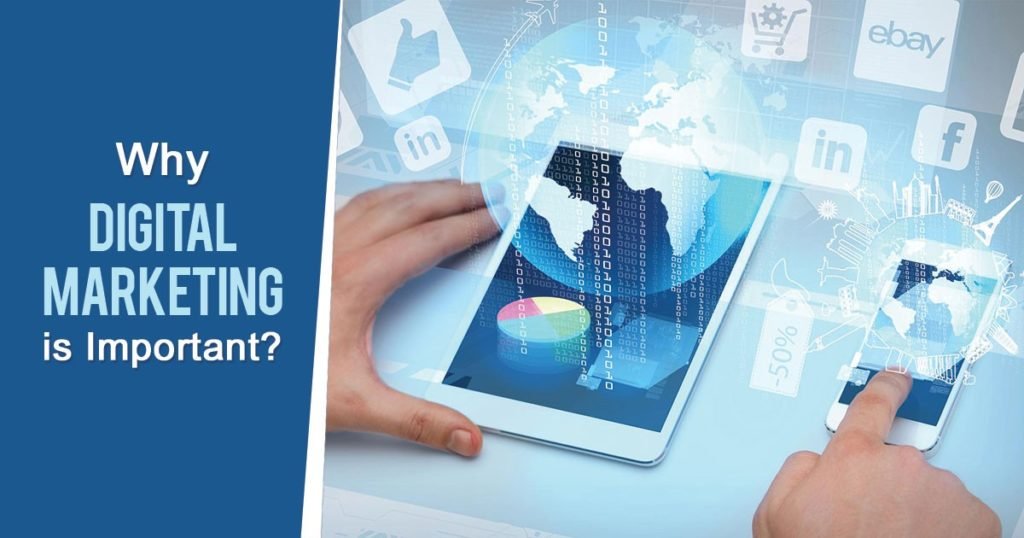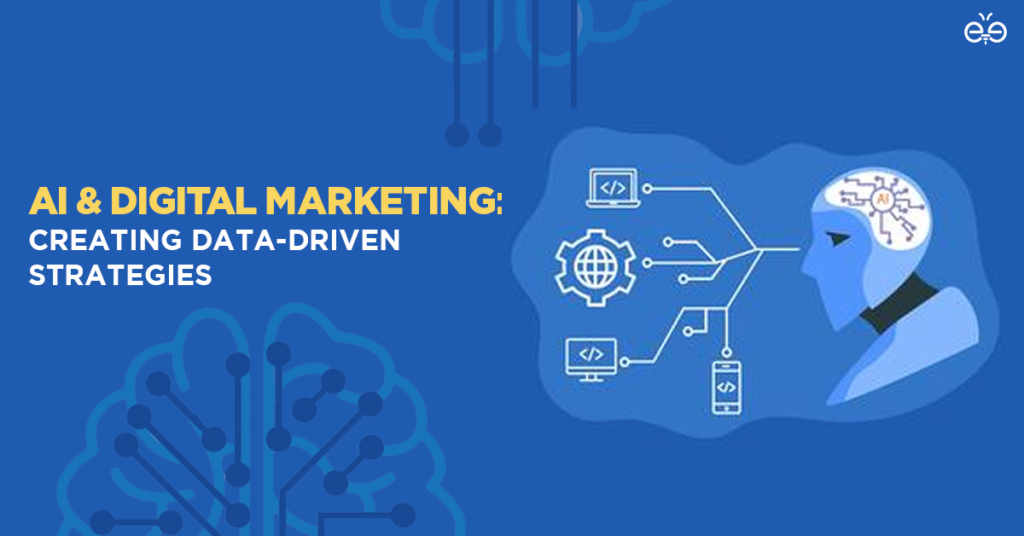why digital marketing is so important?
Digital marketing is essential for businesses today for several reasons: 1. Wider Reach Digital marketing allows businesses to reach a global audience. With platforms like social media, search engines, and email marketing, companies can promote their products and services beyond geographic limitations, reaching potential customers across the world. 2. Cost-Effectiveness Compared to traditional advertising (like TV, radio, or print), digital marketing is much more cost-effective. Small businesses with limited marketing budgets can achieve significant results with strategies like social media marketing, SEO, and pay-per-click advertising. 3. Targeted Marketing Digital marketing enables precise audience targeting. Through data analytics, businesses can tailor their campaigns to specific demographics, interests, locations, and behaviors, increasing the effectiveness of their efforts. 4. Measurable Results One of the key benefits of digital marketing is the ability to track and measure the performance of campaigns in real time. Businesses can analyze metrics such as website traffic, click-through rates, conversion rates, and return on investment (ROI), allowing them to make data-driven decisions and optimize their strategies. 5. Enhanced Customer Engagement Digital platforms, especially social media, allow businesses to engage directly with their audience. This interaction builds stronger relationships with customers, fosters brand loyalty, and provides valuable feedback for improving products or services. 6. Level Playing Field Digital marketing levels the playing field for small businesses. With creativity and strategy, smaller companies can compete with larger organizations and reach their target markets without needing massive marketing budgets. 7. Personalization Personalization is easier with digital marketing. Using customer data, businesses can create tailored messages, product recommendations, and offers that resonate with individual users, enhancing customer experience and boosting conversions. 8. Increased Conversion Rates Digital marketing tactics, such as retargeting ads and email marketing, allow businesses to re-engage with potential customers who have shown interest but haven’t converted yet, increasing the chances of turning leads into customers. 9. Brand Awareness and Trust Consistent digital marketing efforts, including content marketing and social media presence, help build brand awareness and trust among consumers. Companies that regularly share valuable content and engage with their audience become thought leaders in their industry. 10. Adaptability and Flexibility Digital marketing campaigns can be easily adjusted based on performance. If a particular strategy isn’t working, businesses can quickly pivot and try new approaches, making it a flexible and responsive marketing option. In today’s digital-first world, having a strong online presence is crucial for businesses to thrive, stay competitive, and meet their customers where they spend most of their time: online. What are Backlinks? Backlinks, also known as inbound links or incoming links, are links from one website to another. In simpler terms, when a website links to another website, it creates a backlink to that second site. These backlinks serve as a signal to search engines that the content is credible, trustworthy, and valuable enough for others to reference. Example of a Backlink: Website A writes an article about SEO and includes a link to a relevant article on Website B. Website B has now gained a backlink from Website . Importance of Backlinks for SEO Backlinks for seo play a crucial role in search engine optimization (SEO) for the following reasons: 1. Improves Search Engine Rankings Backlinks act as votes of confidence from other websites. Search engines like Google view backlinks as a measure of the quality and relevance of a website. The more high-quality backlinks a page has, the higher it is likely to rank in search engine results pages (SERPs). How it works: If multiple reputable websites link to a specific page, search engines interpret that the content is valuable, thus improving that page’s ranking. 2. Helps in Indexing New Pages When search engines crawl websites, backlinks help them discover new pages. Search engines use backlinks to understand how pages are connected, helping them to index pages more quickly. How it works: If a newly published page on your site gets backlinks from other sites, search engines are more likely to find and index the page sooner. 3. Increases Website Traffic Backlinks for seo serve as pathways for visitors to navigate from one site to another. If you have backlinks from high-traffic websites, users are more likely to click through to your website, boosting organic traffic. How it works: When a popular blog or news website links to your site, visitors may click on the link to learn more, driving direct traffic to your website. 4. Builds Authority and Trustworthiness When reputable websites link to yours, it signals to search engines that your website is an authority in its niche. This can enhance your site’s credibility, especially if the backlinks come from well-known and trusted sources. How it works: If a top-tier website like Forbes or BBC links to your site, it adds a layer of trustworthiness to your content. 5. Enhances Brand Exposure and Recognition Getting backlinks from high-authority websites exposes your brand to a wider audience, building awareness and trust over time. How it works: If authoritative blogs or websitesback link for seo to your content, users may become familiar with your brand, improving recognition. Types of Backlinks 1. Dofollow Backlinks These are backlinks that pass on SEO authority (often called “link juice”) from the linking website to the linked website. Dofollow links are valuable because they improve rankings. 2. Nofollow Backlinks These links tell search engines not to pass any link authority. Nofollow links don’t directly impact SEO, but they can still drive traffic. Key Factors that Determine the Quality of a Backlink for seo Not all backlinks are created equal. Here are some factors that determine a high-quality backlink: 1. Relevance A backlink from a website that’s relevant to your niche is more valuable than one from a random, unrelated website. Search engines prioritize links from sites that share the same or related topics. 2. Authority of the Linking Domain The credibility of the site linking to you matters a lot. Links from authoritative sites (e.g., well-known blogs or news organizations) carry more weight. 3. Anchor Text Anchor text is the clickable text
why digital marketing is so important? Read More »



